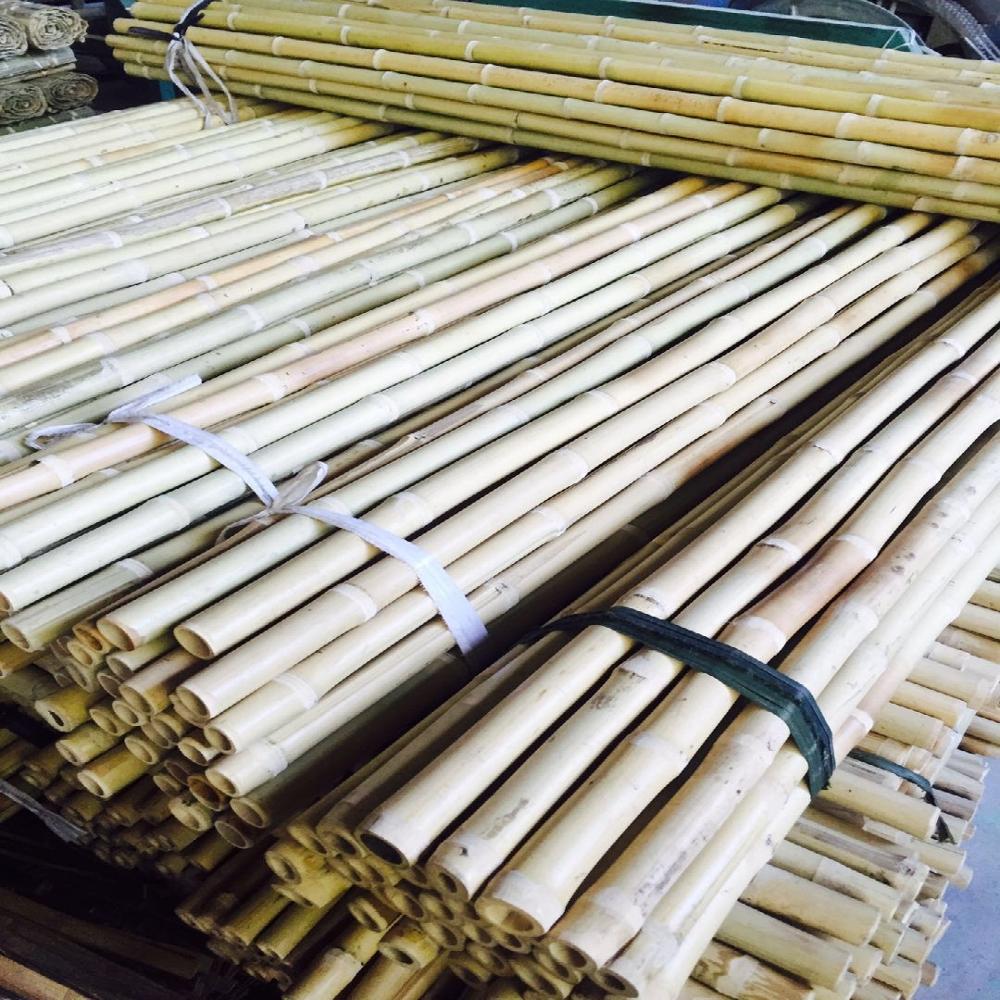How to Dry Bamboo for Stakes
If you're looking to use bamboo for garden stakes, trellises, or other outdoor projects, properly drying your bamboo is essential. Dried bamboo is not only stronger and more durable, but it also resists pests and decay much better than fresh bamboo. In this guide, we'll walk you through the steps to dry bamboo for stakes, ensuring your projects last for years.

Why Dry Bamboo for Stakes?
Freshly cut bamboo contains a lot of moisture, making it prone to splitting, mold, and insect infestations. Drying bamboo removes this moisture, significantly extending its lifespan and enhancing its structural integrity. Here are the main benefits of drying bamboo:
- Increased Strength: Dry bamboo is more robust and less likely to break under pressure.
- Pest Resistance: Drying helps eliminate pests that are attracted to the moisture in fresh bamboo.
- Decay Prevention: Reducing moisture content minimizes the risk of mold and rot.
- Better Workability: Dry bamboo is easier to cut, shape, and handle.
Steps to Dry Bamboo for Stakes
-
Cut the Bamboo
- Harvest bamboo during the dry season, preferably in the morning. Choose mature bamboo poles (at least 3-5 years old) as they are stronger and more durable.
- Use a sharp saw to cut the bamboo at the base, ensuring a clean cut to prevent splitting.
-
Clean the Bamboo
- Remove leaves and branches from the bamboo poles.
- Wipe down the poles with a damp cloth to remove any dirt or debris.
-
Treat the Bamboo
- To prevent insect infestations, consider treating the bamboo with a solution of borax and water. Mix one part borax with five parts water and soak the bamboo poles for 24 hours.
- Alternatively, you can use a commercial bamboo preservative.
-
Dry the Bamboo
- Air Drying: The most common and natural method. Stack the bamboo poles in a dry, shaded area with good air circulation. Ensure the poles are elevated off the ground to avoid contact with moisture. Rotate the poles every few days to ensure even drying. This process can take 6-12 weeks, depending on the climate and humidity.
- Kiln Drying: A faster but more expensive method. Kiln drying involves placing bamboo in a controlled environment with regulated temperature and humidity. This process can take a few days to a week.
- Sun Drying: Lay the bamboo poles out in direct sunlight. This method is quicker but can cause uneven drying and potential cracking. Monitor the poles closely and rotate them frequently.
-
Check for Dryness
- To determine if the bamboo is fully dried, check its weight. Dried bamboo will be significantly lighter than fresh bamboo.
- Another method is the sound test. Tap the bamboo pole; a dry bamboo will produce a clear, hollow sound.
-
Storage
- Store dried bamboo in a dry, ventilated area away from direct sunlight and moisture. Proper storage ensures the bamboo remains in good condition until you're ready to use it.
Tips for Successful Drying
- Avoid Overexposure to Sunlight: While sunlight can speed up the drying process, too much direct sun can cause bamboo to crack. Balance sunlight exposure with shaded drying.
- Monitor Humidity Levels: High humidity can prolong the drying process. Ensure your drying area is well-ventilated.
- Handle with Care: Bamboo is more brittle when dry, so handle the poles gently to avoid breaking them.
Conclusion
Drying bamboo for stakes is a crucial step to ensure your garden projects are sturdy, long-lasting, and resistant to pests and decay. By following these simple steps, you can prepare bamboo poles that are perfect for a variety of outdoor uses. Whether you choose air drying, kiln drying, or sun drying, the key is patience and careful monitoring to achieve the best results.
For more gardening tips and tricks, stay tuned to our blog, and happy gardening!

